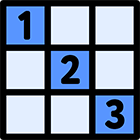Current game will be lost. Do you confirm?
Are you still playing?
|
|
Current game will be lost. Do you confirm?
Are you still playing?
|
|
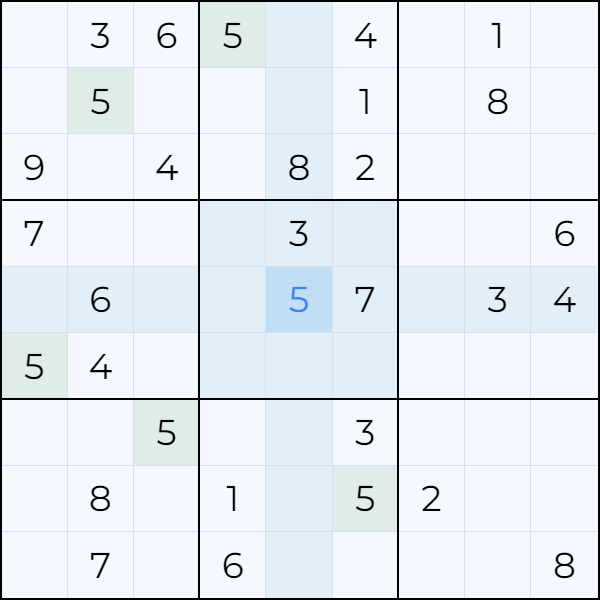
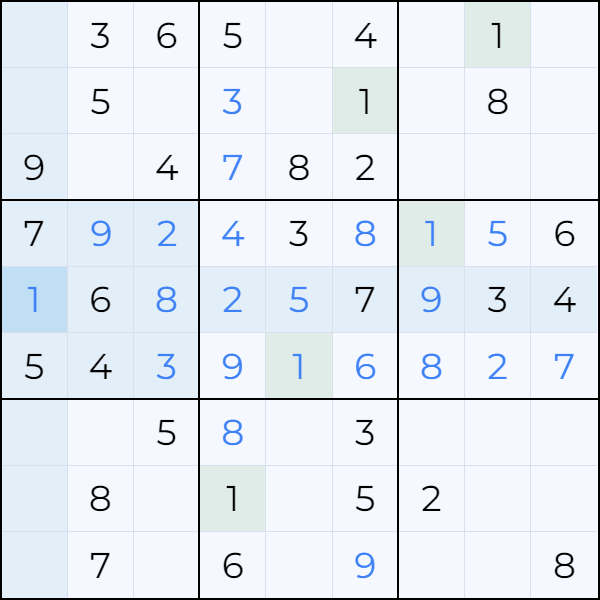
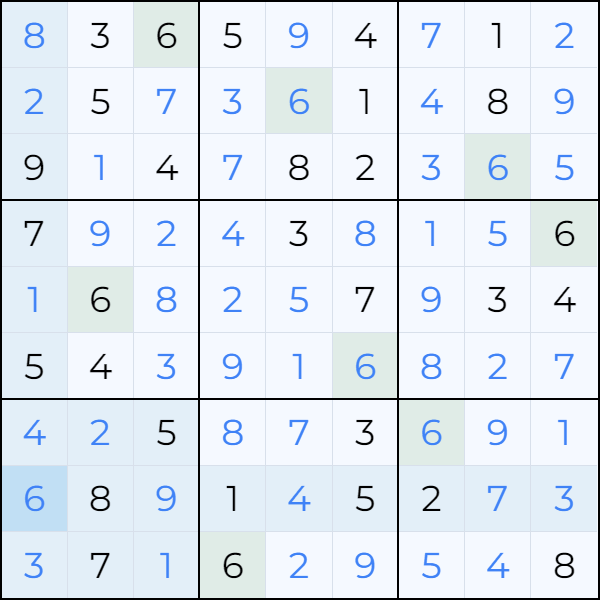
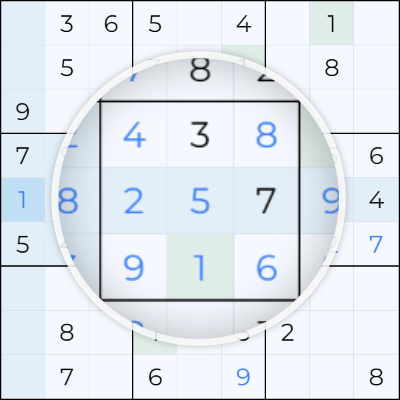
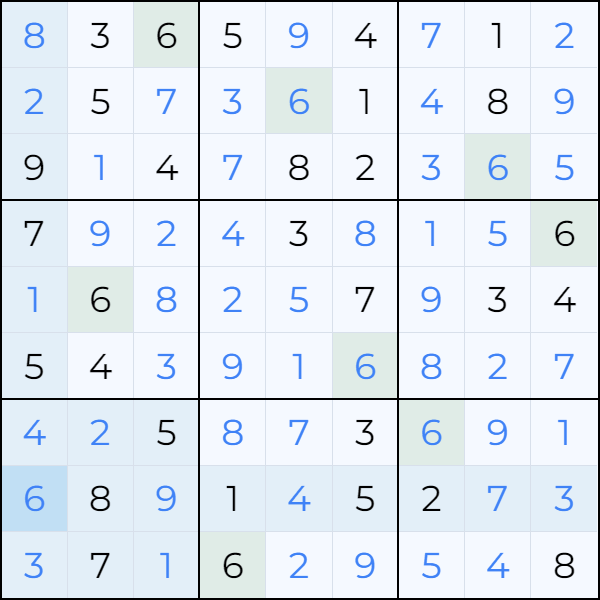
Sudoku is a logic-based number puzzle played on a 9x9 grid. The goal is to fill each row, column, and 3x3 subgrid with the numbers 1 through 9, without repeating any number in those areas.
Begin by looking for rows, columns, or 3x3 boxes that are almost complete. Use the given (pre-filled) numbers to help determine which numbers are missing in each section.
Yes, some common strategies include scanning rows, columns, and boxes to eliminate possibilities, using the process of elimination, and pencil-marking potential numbers before deciding the correct one.
No, a properly designed Sudoku puzzle will have only one unique solution. If there seem to be multiple possibilities, recheck your logic.
While guessing can sometimes work, Sudoku is a logic-based game, so ideally, every number should be placed using logical deduction rather than trial and error.
Pencil marks are small notes you can make in empty squares to show potential numbers. As you narrow down possibilities, you can erase them until only the correct number remains.
Mistakes can lead to conflicts in the grid, where a number is repeated in a row, column, or box. If you realize a mistake, backtrack and correct it by reevaluating the numbers in that section.
Sudoku is a popular number-based puzzle game that originated in Japan and has gained worldwide popularity. The game consists of a 9x9 grid with numbers 1 to 9, where each number can only appear once in each row, column and 3x3 sub-grid. The objective is to fill in the blank squares with the missing numbers.
The puzzle can have multiple solutions and comes in varying levels of difficulty. It can range from easy to challenging and is a great way to improve cognitive skills such as logic and concentration.
The game is played by using deduction and elimination techniques to find the missing numbers. It's a great way to exercise the mind and can also be a fun activity for people of all ages. It can also help in developing problem-solving skills, critical thinking and pattern recognition.
Sudoku has become a widespread game and can be found in many forms, including books, magazines, newspapers, online games and mobile apps. It can also be played in solo or with a group.
In conclusion, Sudoku is a fun and challenging game that can be enjoyed by people of all ages. It is a great way to improve cognitive skills and is widely available in various forms. So, if you're looking for a mental challenge or just a fun way to pass the time, give sudoku a try
Interesting fact
There are 6,670,903,752,021,072,936,960 possible combinations for completing a 9-by-9 Sudoku grid, but only 5,472,730,538 of them really count for different solutions. Needlessly to say, you need a handful of lifetimes to solve all of them.
